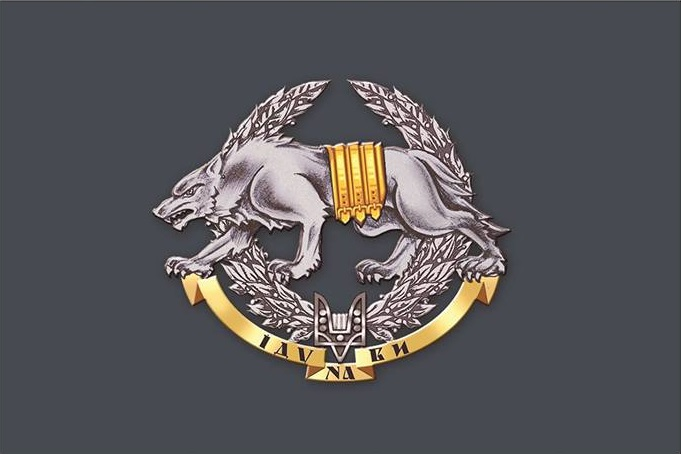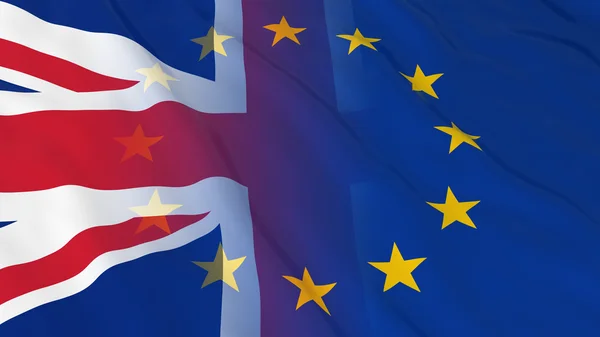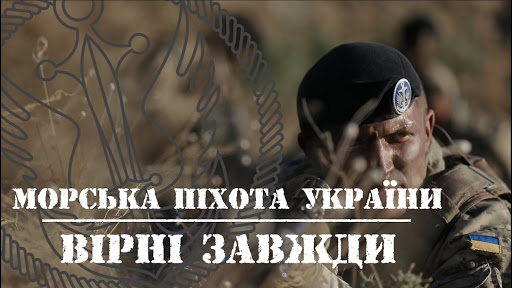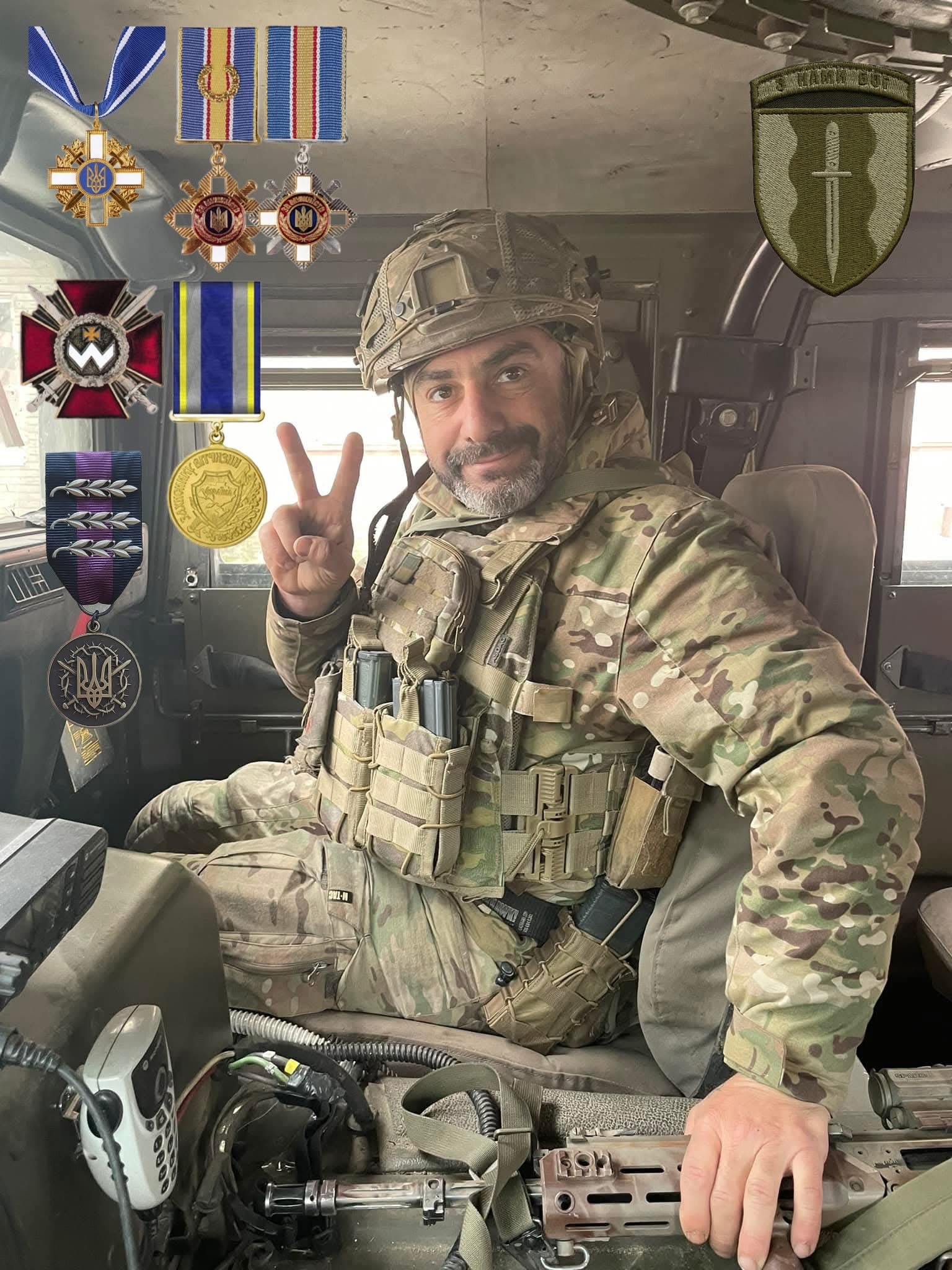Recently, I came across an extremely interesting article that I just could not ignore. Dr Burcu Ozcelik, a well-known expert on Middle East politics, comments on potential direct negotiations between Iran and the United States over its nuclear programme. This topic seems to have been exhausted by endless analyses, but now it is taking on a new, intriguing colour. I decided to share these thoughts with you because we are witnessing not just another diplomatic manoeuvre, but a real chess game where regional stability and the global balance of power are at stake.
Iran at a crossroads: from ambition to pragmatism
Today, the Middle East is in the midst of a major transformation. Some players, such as Israel and Saudi Arabia, are becoming drivers of change, while others, including Iran, are forced to fight for survival. Tehran, however, has not given up trying to position itself as the leader of the region. Iran’s agreement to negotiate with the United States, whether directly or indirectly through intermediaries, indicates a sober awareness of the new reality. Iran’s position is weaker than it was in 2015, when the Joint Comprehensive Plan of Action (JCPOA) was concluded. Its priorities have changed, and its room for manoeuvre has narrowed.
The reason for this weakness lies in the decline of the so-called “axis of resistance” – a doctrine of forward defence that relied on asymmetric capabilities and a network of regional allies, such as Hezbollah, the Houthis or Shiite militias in Iraq. This strategy suffered a devastating blow after Israel’s multifront operations launched in response to the events of 7 October. However, it is premature to write Iran off: its ballistic missile arsenal, naval forces, and ability to destabilise the Persian Gulf make Tehran an important player in the struggle for regional hegemony. Weakened but not defeated, Iran resembles a wounded animal that can still strike.
Changing the rules of the game: from confrontation to diplomacy
The regional dynamics have changed dramatically since 2015. One of the key turns was the rapprochement between Saudi Arabia and Iran, which opened the door to new diplomatic opportunities. In this game, Oman, thanks to its sophisticated and unobtrusive diplomacy, has become an indispensable mediator. It is in this context that Iran’s agreement to negotiate with the United States does not look like a capitulation, but a pragmatic step. Tehran realises that isolation is no longer a viable strategy, and that the sanctions that are strangling the economy need to be at least partially eased.
Negotiations between the United States and Iran – whether directly or through intermediaries such as Oman or Qatar – promise to be difficult and thorny. There will be no easy deal. Sceptics on both sides, from American hawks to Iranian conservatives, would prefer to see the effort fail. However, history proves that diplomacy, however slow, often wins where weapons fail. The key to success is clear, verifiable parameters. A phased approach, in which Iran concedes transparent mechanisms to control its nuclear programme in exchange for a gradual lifting of sanctions, could be a compromise that benefits both sides.
Why is this important to us?
For a reader who closely follows global processes, this situation is not just another story from the Middle East theatre. This is the moment when Iran may be moving from the role of an eternal rebel to a pragmatic player ready to bargain. For Israel, this is a chance to reduce the nuclear threat without a direct military conflict. For Ukraine, which is witnessing shaky alliances and jockeying for influence, it is a lesson in how sanctions and diplomacy can change the behaviour of even the most stubborn regimes.
Dr Ozcelik notes that Iran, despite all its losses, retains the ability to influence regional stability. But is Tehran willing to sacrifice some of its ambitions for economic salvation? And is the United States able to offer a deal that will satisfy both American allies and Iran’s domestic audience? The answers to these questions will determine not only the future of Iran’s nuclear programme, but also the contours of the new Middle East.
This story is far from over, but it is already fascinating in its depth and versatility. Let’s follow it together, because we are witnessing not just a political process, but a real test of endurance, intelligence and willingness to compromise.
Author : Marianna Nyzhnia







